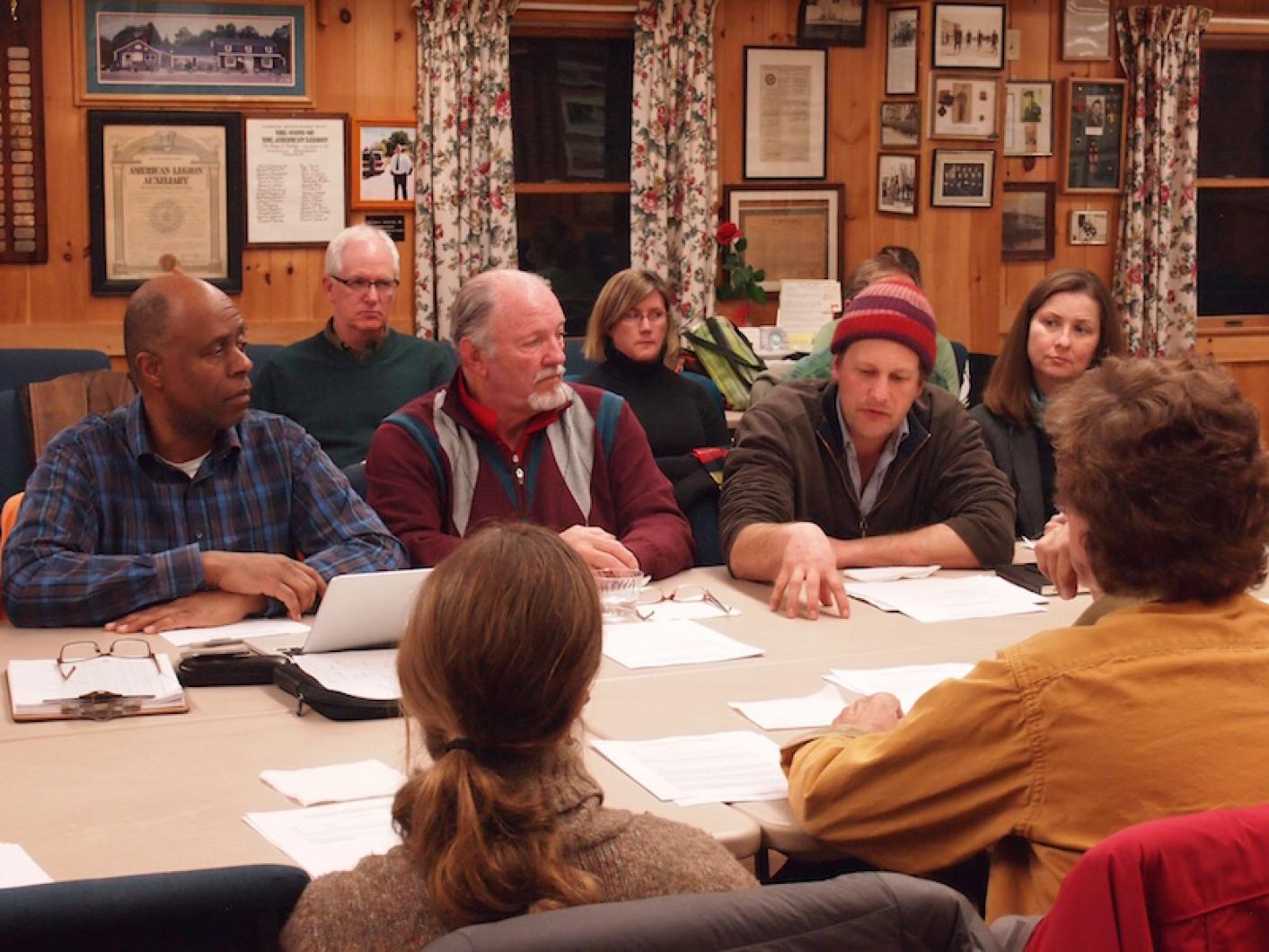Converting existing market-rate properties to year-round affordable housing is now on the table for discussion in at least one town as Island leaders regroup over an ambitious set of draft affordable housing plans.
“There’s houses being turned over regularly,” Tisbury planning board member Ben Robinson said at a recent meeting of the all-Island planning board. “We can buy them back, deed-restrict them, and get people into those and integrate them back into the community.”
Completed in January following a months-long public process, the draft housing production plans aim to dramatically increase the amount of low and moderate income housing in each town. The draft plans create a template for each town to use in addressing its need for year-round housing.
As they sift through the reams of data, planning board members have generally welcomed the draft reports, but have yet to decide on which recommendations to pursue. Some have also criticized the documents for not lining up with the specific housing needs and goals in each town.
“I think we are very pleased with the information we have, even though the template doesn’t fit 100 per cent,” Chilmark planning board member Peter Cook said at the meeting held last week at the American Legion hall. He said Chilmark plans to break down its own recommendations into short and long-term strategies, as well as efforts already underway, and to develop more site-specific proposals.
Oak Bluffs planning board member Ewell Hopkins said the plan for his town has been well received by the planning board and selectmen, although a path forward is still unclear. “It seems like a relevant document,” he said, noting a series of public workshops last year where residents weighed in on the process. “But we are not prepared to commit to the points that it outlines.”
The plans aim for 10 per cent affordable housing stock in every Island town by 2036, in keeping with the Massachusetts comprehensive permit act. But in the end each town may decide to set its own goals, in part because the need on the Island extends to higher-income households than elsewhere in the commonwealth.
In Aquinnah, which has already reached the 10 per cent goal (largely due to tribal housing), town officials have revised their plan to include a goal for households earning between 80 and 150 per cent of the area median income.
“The documents that came back, quite frankly, were much more focused on the 80 per cent,” said Peter Temple, chairman of the Aquinnah planning board. “For many of the towns, that means that they are on their own now figuring out what else do we want to add.”
In Tisbury Mr. Robinson pointed to the housing conversion program as an attractive option, noting the high cost of construction on the Island. He said the approach could benefit from an Islandwide housing bank — also recommended in the draft plans — by providing a funding source.
Tisbury’s plan is the only one so far to include a housing conversion program as a recommendation, but West Tisbury planning board member Virginia Jones said at the meeting that she too supports the idea.
Martha’s Vineyard Commission executive director Adam Turner said he is encouraged by the progress so far.
“The discussions have begun and towns are figuring out what they want to do,” he said. “And that’s exactly what we wanted when we began the process.”
The commission has provided funding and administrative support for the initiative.
The deadline for final drafts has been extended to March 24. Once the plans are revised, consultants at JM Goldson community preservation + planning will send them to the state Department of Housing and Community Development for approval.
The plans are available at mvcommission.org.




Comments (4)
Comments
Comment policy »